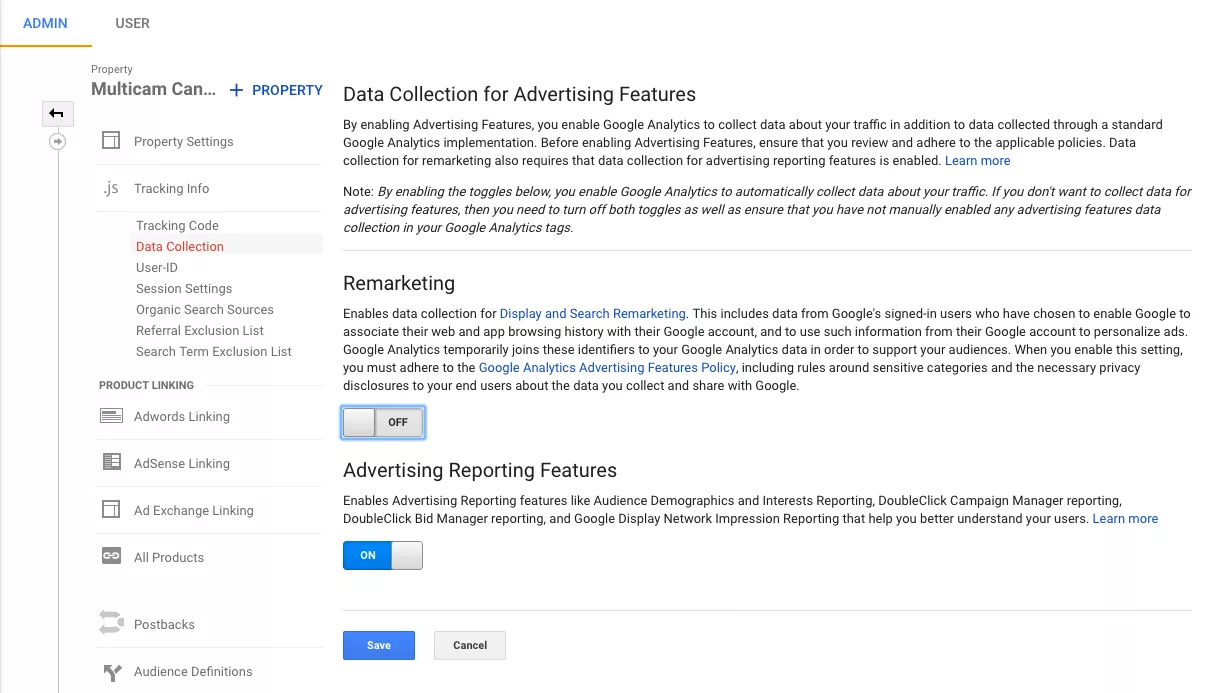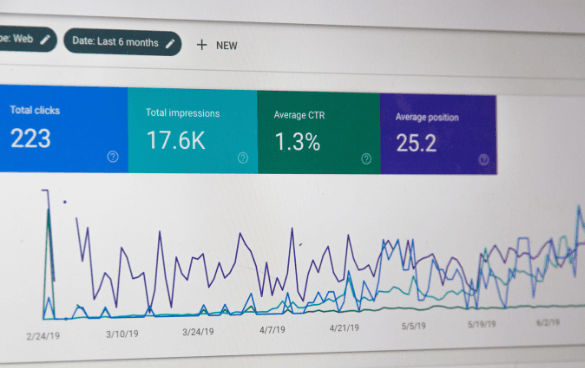Secret Functions of Remarketing In Google Analytics Explained
Wiki Article
Reliable Strategies for Remarketing in Google Analytics
In the realm of electronic marketing, the world of remarketing in Google Analytics stands as an essential tool for companies intending to improve their on-line visibility and conversion prices. With calculated target market division, tailored remarketing listings, and engaging ad creatives, companies can craft personalized projects that resonate with their target audience. However, the true success hinges on the capacity to continually fine-tune and enhance these methods based on efficiency metrics and information understandings. By exploring the nuances of dynamic remarketing and leveraging innovative monitoring tools, businesses can unlock the full possibility of their remarketing efforts, bring about boosted brand visibility and customer involvement.Audience Segmentation
Utilizing target market segmentation is an essential technique in optimizing the efficiency of remarketing projects within Google Analytics. By separating your target market into distinct groups based on their behavior, demographics, or interests, you can customize your advertising and marketing messages to be much more appealing and appropriate. This strategy permits you to supply tailored advertisements to certain sections, boosting the likelihood of conversion.
In addition, audience segmentation helps you understand the differing needs and preferences of different client teams, allowing you to craft more engaging ad creatives and deals. This targeted method not just improves the effectiveness of your remarketing efforts yet additionally enhances general project efficiency.
Establishing Up Remarketing Checklists
To effectively execute remarketing strategies in Google Analytics, the initial step includes creating targeted remarketing lists based upon particular target market communications. Establishing remarketing listings allows online marketers to section their site site visitors right into different groups based on their habits, such as pages viewed, products looked for, or activities tackled the website. By defining these segments, marketing professionals can after that produce appropriate and personalized ads that target these particular teams, boosting the possibility of conversion.Remarketing checklists can be established up utilizing numerous standards such as page gos to, duration of go to, specific objective completions, and even specific events triggered on the site. This level of personalization makes it possible for marketing professionals to tailor their promotions to match the passions and preferences of each segmented audience, bring about greater interaction and conversion rates.
Additionally, remarketing listings can also be developed based upon information imported from other resources like CRM systems, allowing for much more accurate targeting. By establishing these targeted remarketing checklists, marketing professionals can successfully connect to potential consumers who have already revealed passion in their services or products, making the most of the effect of their remarketing projects.
Creating Compelling Advertisement Creatives
After segmenting website visitors into targeted remarketing listings based on particular audience interactions, the next important step is to craft engaging ad creatives that resonate with each fractional team's choices and interests. The effectiveness of remarketing projects heavily relies upon the capacity of these ad creatives to record the focus of the audience and drive them to take the preferred activity.To produce compelling advertisement creatives, it is necessary to understand the distinct qualities of each segmented team (What Is “Remarketing” In Google Analytics?). Tailoring the messaging, visuals, and uses to align with the interests and preferences of the target market can significantly boost the possibilities of conversion. Utilizing dynamic ads that automatically readjust web content based upon the individual's behavior can likewise boost the customization of the ad experience

Monitoring Performance and Optimization
Reliable tracking of campaign performance and continual optimization are important facets of successful remarketing strategies in Google Analytics. To guarantee the efficiency of remarketing projects, marketing experts must frequently track vital performance metrics such as click-through rates, conversion prices, and return on advertisement invest. By monitoring these metrics, marketing experts can obtain important understandings right into the efficiency of their projects and determine locations for renovation.In Google Analytics, marketing professionals can take advantage of tools like conversion tracking and target market division to analyze the performance of their remarketing campaigns. Conversion tracking enables online marketers to track particular actions that users take after clicking on a remarketing ad, giving useful data on the performance of the project in driving desired results. Target market segmentation, on the various other hand, makes it possible for marketing professionals to split their target market into various sections based on various standards such as demographics, habits, and passions, enabling for more targeted and customized remarketing initiatives.
Continuous optimization is important for taking full advantage of the impact of remarketing campaigns. Marketing professionals ought to make use of A/B screening to try out various ad creatives, messaging, and targeting techniques to recognize one of the most reliable approaches. By frequently examining campaign efficiency data and making data-driven optimizations, marketing experts can ensure that their visit site remarketing projects are achieving the desired outcomes and driving conversions successfully.
Leveraging Dynamic Remarketing
Making use of dynamic remarketing can considerably enhance the relevance and influence of targeted advertisements in Google Analytics. This innovative method permits advertisers to reveal tailored ads to users who have previously visited their web site or used their mobile app. By dynamically showing product and services that the users have shown interest Look At This in, vibrant remarketing aids to maintain the brand name fresh in their minds and motivates them to go back to finish a purchase.
Additionally, dynamic remarketing campaigns can be automated and optimized in real-time based on efficiency information, ensuring that the advertisements continue to be reliable and relevant. By leveraging vibrant remarketing in Google Analytics, marketers can produce a lot more impactful and targeted ad campaign that resonate with their target market and drive outcomes.
Conclusion
To conclude, reliable remarketing methods in Google Analytics entail audience division, targeted remarketing lists, engaging ad creatives, efficiency tracking, and vibrant remarketing. By focusing on customized ads, data evaluation, and continual optimization, companies can increase conversion prices and drive interaction effectively. Leveraging tools like conversion tracking makes certain that advertisements remain tailored and relevant, bring about general success in remarketing efforts.With strategic target market division, customized remarketing lists, and interesting ad creatives, businesses can craft personalized projects that resonate with their target audience. Using dynamic advertisements that immediately change content based on the customer's habits can additionally enhance the personalization of the ad experience.
Conversion tracking allows marketers to track particular actions that individuals take after clicking on a remarketing ad, supplying beneficial data on the effectiveness of the project in driving preferred end results.Using dynamic remarketing can significantly enhance the significance and influence of targeted ads in Google Analytics - What Is “Remarketing” In Google Analytics?.In final thought, effective remarketing techniques in Google Analytics involve audience segmentation, targeted remarketing listings, engaging ad creatives, efficiency tracking, and vibrant remarketing
Report this wiki page